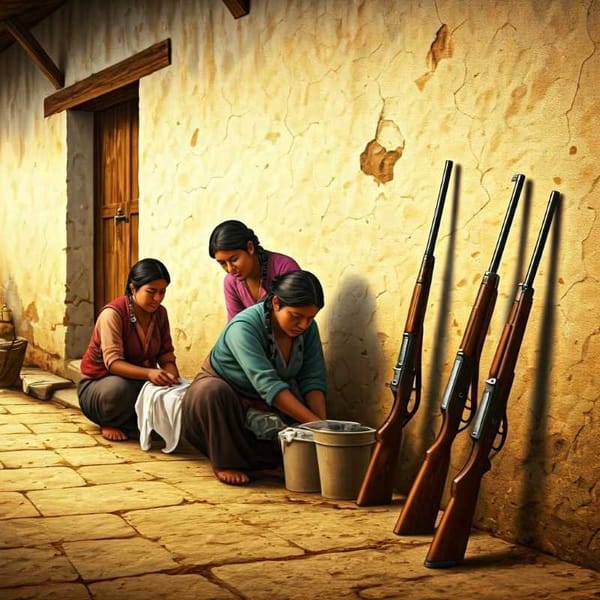The new meaning of the image of the skull in Mexico
From the tzompantli to the sugar skulls, Mexicans have been thinking about death for hundreds of years. Find out how the work of great artists changed the meaning of this idea.

The idea of death has led to different ways of saying things in each culture over time. Mexico has a lot of different traditions, customs, images, and symbols that all have to do with the idea of eternal rest. This is clear when you look at how the Day of the Dead is celebrated. Calaveritas, which represent death, can be drawn, made to scale with newspaper or cardboard, or even eaten, like those made of sugar, amaranth, or chocolate.
This symbolic object has been used in rituals in Mexico since before the Spaniards came. The first depictions of skulls were found in the so-called tzompantli, which were structures in the shape of a row where the heads or skulls of enemies killed in battle or sacrifice were displayed. The great Mexica tzompantli in Tenochtitlan was rebuilt with the help of artifacts found during excavations and stories told by the conquerors.
After the Spanish invasion and the processes of evangelization that brought with it the attempt of unification to Catholicism, some practices -such as sacrifice- were eradicated. However, the representation of the skull was inserted in the viceroyalty art and adopted diverse symbolic codes that depended on the color, structure, and decoration, in addition, they were of religious and doctrinaire character since their function was to remember the fleeting of this life.
It was not until nineteenth-century Mexico that the image of the skull became part of the public, critical and satirical language of the incipient Mexican press. Death was used to give meaning to some of the country's social, cultural, political, and economic processes. Such was the case of the war against the invasion of the United States of America, which gave way to the publication of El Calavera. A jocular, political and literary newspaper, a weekly edited during the first half of 1847 that portrayed the internal and external war that bled and mutilated Mexico.
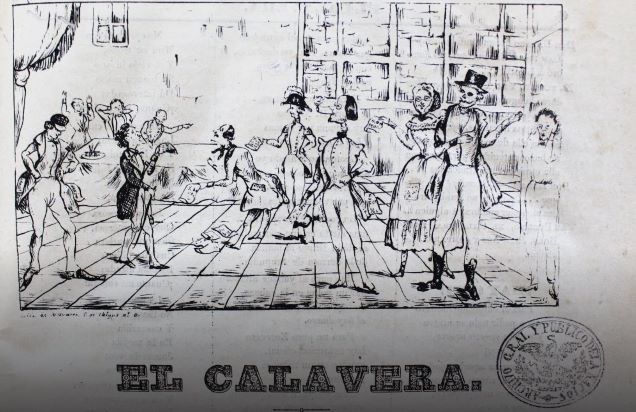
As its name indicates, this weekly edited by Juan R. Navarro used a skull as the main character; it is the oldest Mexican publication in which the use of this visual element is recorded as a caricature to represent "the incapacity of the rulers in the face of the country's anxiety and the advance of the American troops, the selfishness of the population, opportunism, corruption, and the respective manipulations of Santa Anna and his cigars to remain in power". In short, this newspaper contained a mosaic of the various problems affecting the Mexican nation at that time. Nearly 14 cartoon plates illustrated it before it was definitively censored.
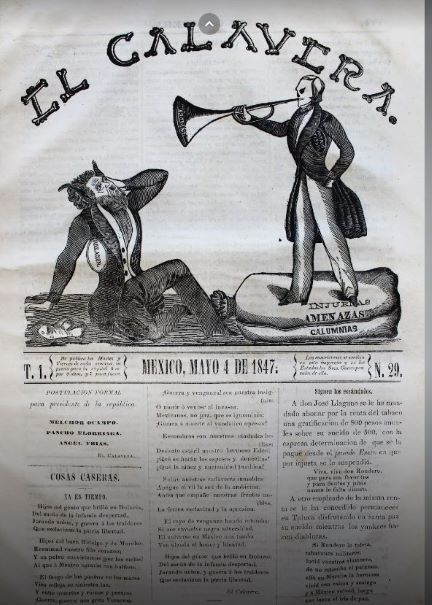
The use of skulls was taken up again by the popular graphic art of the 19th century, especially the work of engraver Manuel Manilla, who made death one of his main hallmarks in the printing house of Antonio Vanegas Arroyo. Unfortunately, Manilla's fame would not become as exorbitant as that of his disciple, the engraver José Guadalupe Posada, who reached his greatest artistic development when he moved to Mexico City in 1888.
Posada worked in the printing house of Vanegas Arroyo, where he created thousands of engravings with characters that emulated Mexican society and culture, these illustrated any type of content, whether poems, stories, songs, news, or any other that was requested.
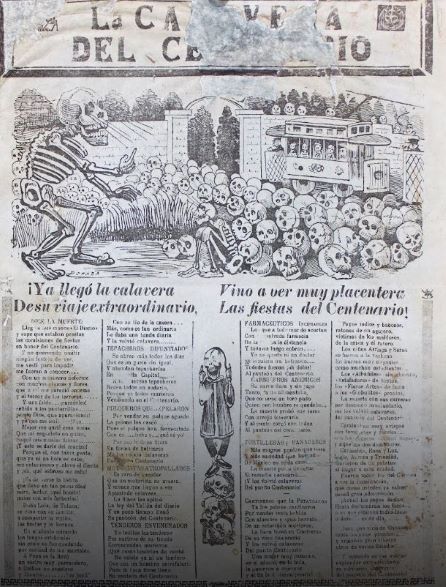
Héctor Olea, in his book Supervivencia del litógrafo José Guadalupe Posada (Survival of the Lithographer José Guadalupe Posada), calculated approximately 9000 engravings that include his vast pantheon of skull characters, a clear example of Manilla's strong influence.
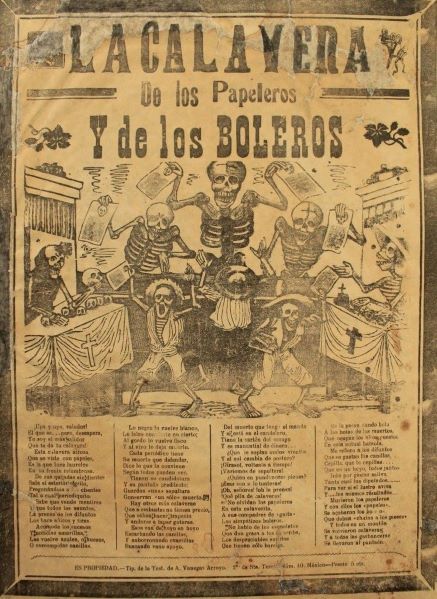
On January 20, 1913, José Guadalupe Posada died suddenly and unnoticed, his remains ended up in a common grave. Years later, his talent and work would be recognized; the late artist's engravings continued to be used to illustrate various prints that were published as posthumous engravings.
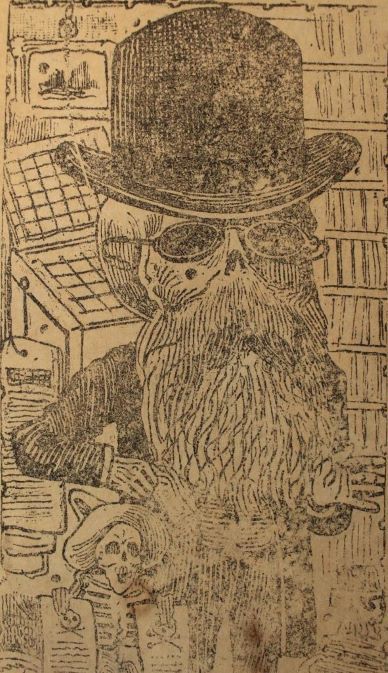
One of these engravings was the so-called Calavera Garbancera, the original name of the popular Catrina, a character that was rediscovered by the acclaimed painter Diego Rivera through his most acclaimed work: Sueño de una tarde dominical en la Alameda Central (Dream of a Sunday Afternoon in the Central Alameda). The mural shows Catrina in all her color and splendor holding with her right hand a Diego Rivera as a child and with her left hand, her creator, José Guadalupe Posada.
By way of conclusion, let us take up an idea of Octavio Paz in his book El Laberinto de la soledad (The Labyrinth of Solitude), which expresses that Mexicans have developed distinctive rituals towards the subject of death to understand and fill with meaning a process that is inevitable in life, hence "he frequents it, mocks it, caresses it, sleeps with it, celebrates it, it is one of his favorite toys and his most permanent love".
The skull is an everlasting visual element of Mexican culture that, from pre-Hispanic times to the present day, has been used to understand and fill with meaning both that which is inevitable in life, as well as other social, political, economic, and cultural processes of Mexican culture.




